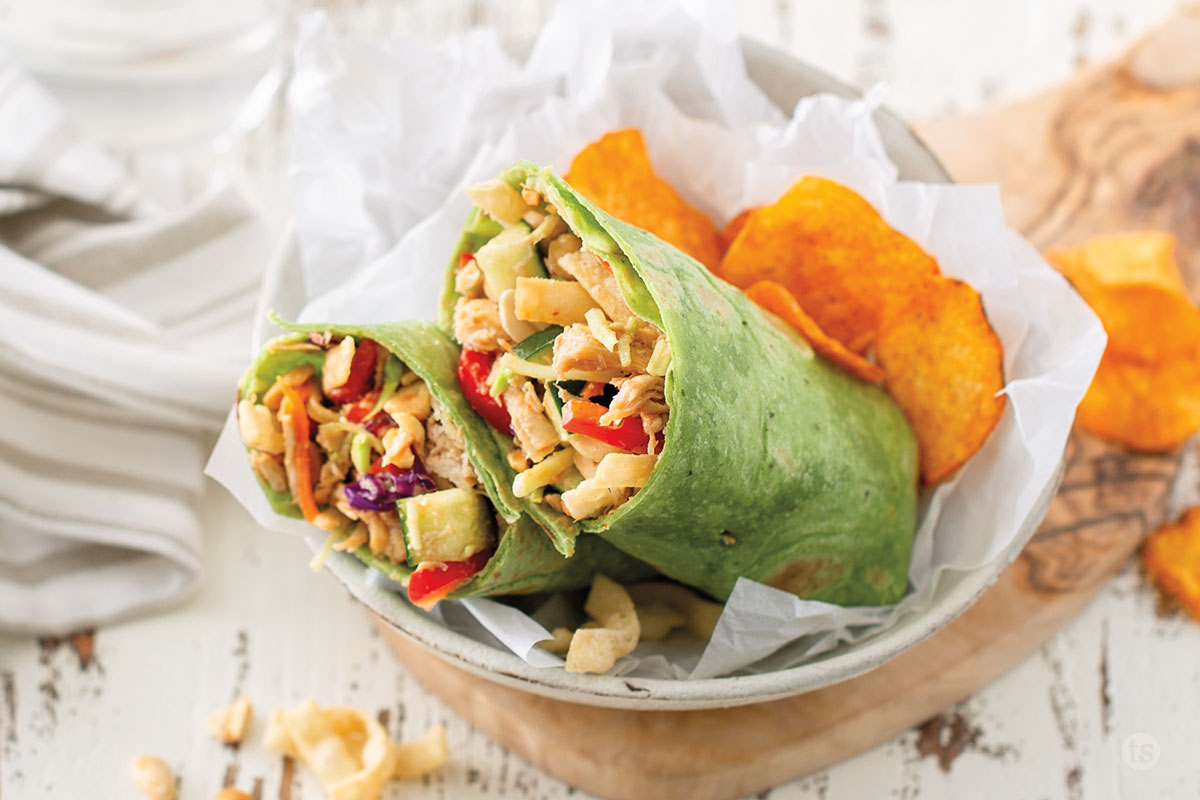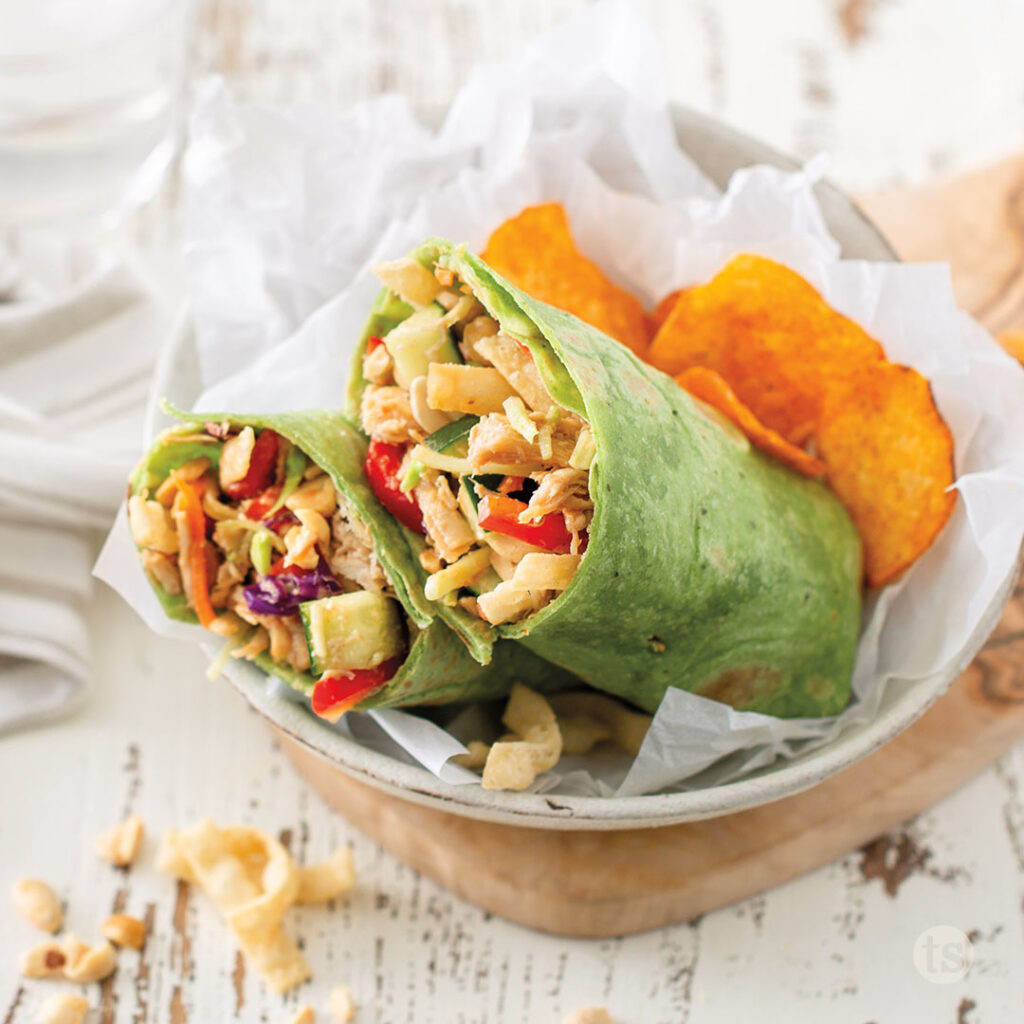Posted by Tastefully Simple on January 4, 2023
“Meal planning” is a catch-phrase that you’ve probably seen a lot in magazines and online. While it may seem like just the latest food fad, getting organized about answering the question, “What’s for dinner?” really is a smart strategy. Benefits of meal planning include:
- eliminating the daily stress of deciding what to eat
- stretching your food budget by buying in bulk and taking advantage of specials and in-season ingredients
- giving you control over nutrition and portion sizes
- helping you reach specific dietary goals (e.g., lower cholesterol, reduced sodium, higher protein, etc.)
- reducing food waste
If you’re interested in how meal planning can make life easier for you and your family, here are a few tips and tricks to get you started!
1. Determine your “why.” What is your reason for meal planning? Are you looking to save time, meet special dietary goals, save money or some other goal? Determining your desired “win” helps frame your planning process.
2. Get input. If you are planning meals for more than yourself, invite those others to plan with you or have input into which foods you will prepare. You don’t want a freezer full of food no one will eat.
3. Limit your options. Select a limited number of recipes to make ahead and plan a meal rotation that offers variety on a day-to-day basis.
TIP: Pre-make core ingredients like batches of Makin’ Magic Chicken or Make & Freeze Taco Meat for the freezer. This will allow great versatility in the dishes you make – e.g., Thai Peanut Chicken Wraps for lunch and Chicken & Broccoli Pot Pie for dinner.
4. Stock up on storage. You’ll want a good supply of storage containers in several sizes as well as freezer-safe resealable bags. Containers that can go from freezer to oven or microwave to table save time and reduce clean-up.
5. Make a list and check it twice. Santa had the right idea: reduce trips to the grocery store by listing all the ingredients for the dishes you plan to make ahead.
TIP: “Shop” your pantry first and consider whether any ingredients you already have on hand can substitute for items you’d have to buy (e.g., canned mixed vegetables for fresh produce).
6. Shop smart. Review grocery sales flyers and stock up on shelf stable and freezable foods when they are on sale. Buying in bulk can be a smart strategy if you have storage space and are likely to use the items by their expiration date.
7. Organize your time and resources. Set aside a block of time – one evening a week or one Saturday per month, for example. Get your recipes, ingredients, cooking utensils and storage containers ready. Review your recipes ahead of time so you will have an idea of how much time to allot to prepare them.
TIP: If several recipes have ingredients in common, prepare them at the same time, assembly-line style, for efficiency.
8. ID your dishes. Use a label or marker to write the name of the recipe in each container, date it was prepared and date you plan to use it. Create a corresponding calendar with each day’s menu to post in the kitchen.
9. Try, then assess. After using your first batch of pre-planned meals, take a few minutes to review how the process worked. Did you meet the goal you identified in step 1? Ask for feedback from others who shared the meals with you. Identify process changes you want to incorporate as you plan for your next batch of pre-planned meals.
Once you get in the groove of meal planning, you’re likely to find you are saving time and money and enjoying mealtime more when dinner is decided ahead of time. TIP: Save even more time and money by making pre-designed meal kits as the foundation for your planning. Tastefully Simple offers 5- and 10-meal options that address many different goals. Check ’em out!
-kgm


